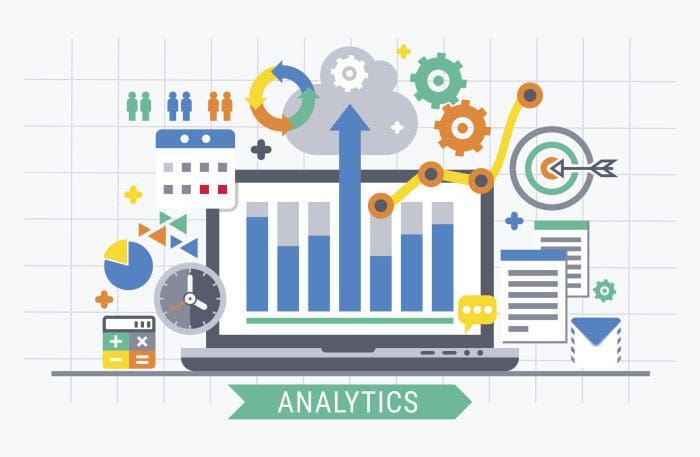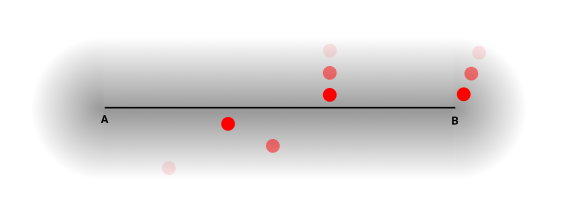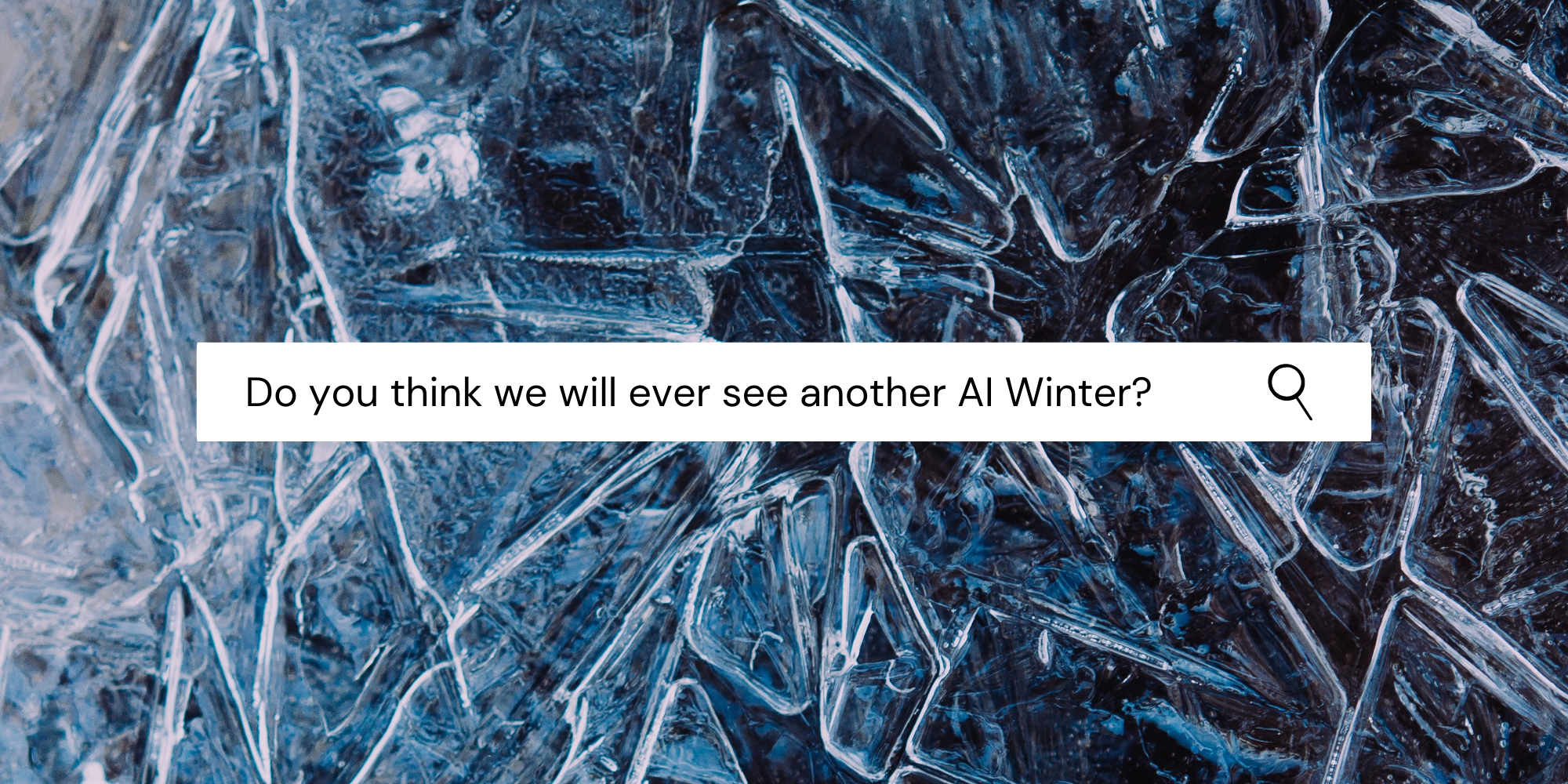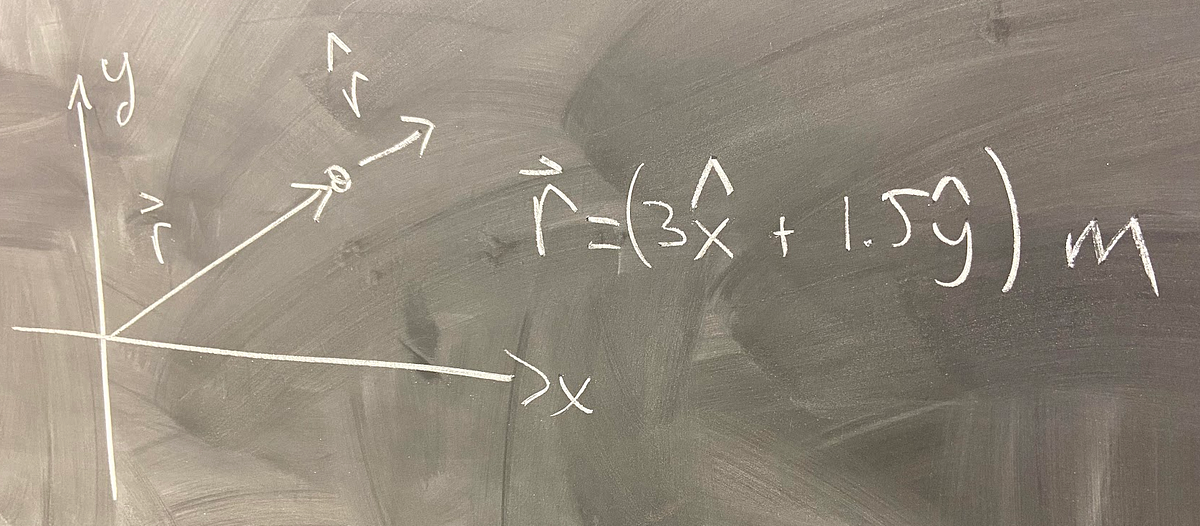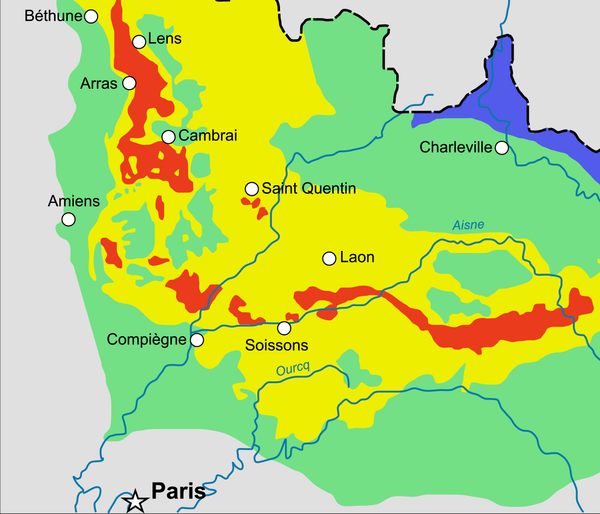The Rise of Vector Data
Join Edo Liberty for an online session, The Rise of Vector Data, on May 27 at the Data+AI Summit. It’s online and free to register. You’ll see a vector search demo, have the chance to ask questions, and get a link to receive a free t-shirt!
First, the rods and cones in your eyes record the light intensity. Those signals then travel to the visual cortex in the back of your head, where they activate neural cells through several layers in your visual cortex. In the end, you have millions of neurons activated in varying intensities. Those activations are transmitted to your temporal lobe, where your brain interprets as: “I see Julie.”
The higher functions related to vision happen on information that hardly resembles the initial intensity of the light that hit your eye. Instead, they deal with the much richer representations output by your visual cortex. When you interpret what you see or read, your brain operates on those neural representations and not the original image.
Deep learning applications process the world in a similar way. Information is converted into vector embeddings — or simply “vectors” — which are then used for predictions, interpretation, comparison, and other cognitive functions.

